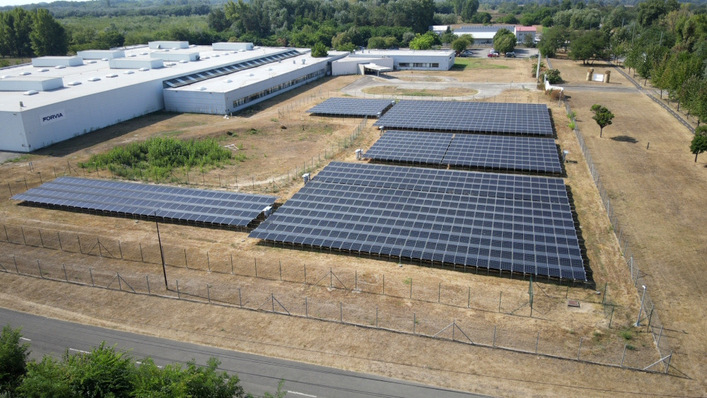Regarding the federal states, Baden-Württemberg reached the highest saturation with 21 percent. In Eastern Germany in particular there is still a very high solar potential.
In 2020 alone, a record number of 150,000 private households decided to use the power of the sun and generate green electricity on-site with their own photovoltaic (PV) system. This is ecologically necessary for the successful energy transition and has a financially positive effect for the plant operator.
Rising electricity prices for private households as driver
Numerous households will also be confronted with rising electricity prices in 2021. Evaluations from the beginning of the year show an average electricity price for private households of 31.89 Euro cents per kilowatt hour. This is offset by the electricity production costs of less than ten Euro cents per kilowatt hour for a newly installed photovoltaic system.
A current study on the German photovoltaic market by Bonn-based consultancy agency EUPD Research on behalf of the energy storage manufacturer E3/DC shows that by the end of 2020 there will be 1.3 million photovoltaic systems on German single and two-family houses. To calculate the existing solar potential, it is necessary to determine the number of suitable roof areas.
11.7 million one- and two-family houses suitable for PV
While in rural districts, due to larger properties and less shade, the majority of single and two-family houses are suitable for the construction of a photovoltaic system; in urban areas the potential is limited to half of these types of buildings. Overall, this results in a number of 11.7 million one- and two-family houses suitable for a photovoltaic system.
Did you miss that? Strong growth despite Corona
Measured against the number of suitable roof areas, the EUPD analysis reveals an open potential of 89 percent for single- and two-family houses in Germany. In the regional analysis it is noticeable that in southern Germany the saturation rates on a district level are the highest. In contrast to this, an even greater potential is imminent in eastern Germany in particular. In a Germany-wide comparison, the district of Stendal in Saxony-Anhalt shows the lowest saturation with a rate of merely 3.4 percent.
Average system output growing
“The analysis of the number of suitable roofs reveals an enormous solar potential for one- and two-family houses in Germany. In addition to the sheer number, the average system output has also been growing for years, so that the roof potential for photovoltaics needs to be assessed not only quantitatively, but also qualitatively,” Martin Ammon, Managing Director of EUPD Research, adds. (hcn)
Read more: Climate houses in the Black Forest show architecture of the future







